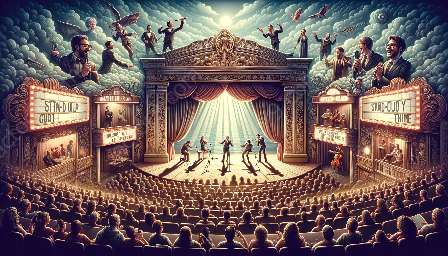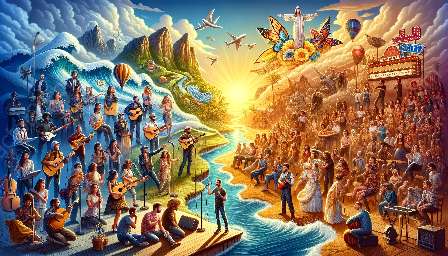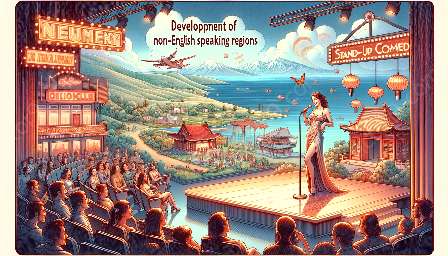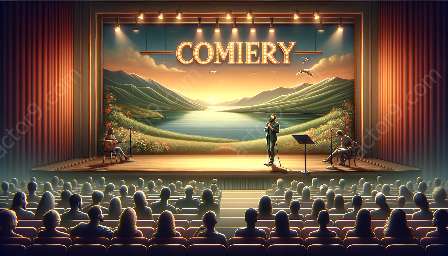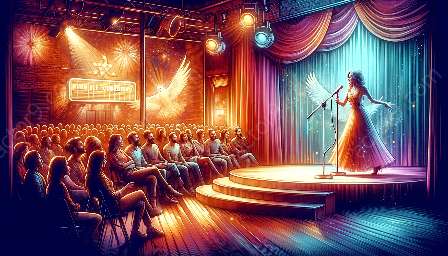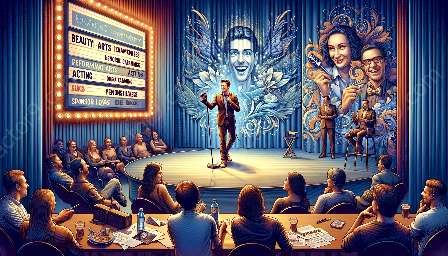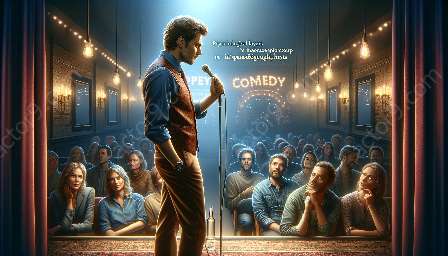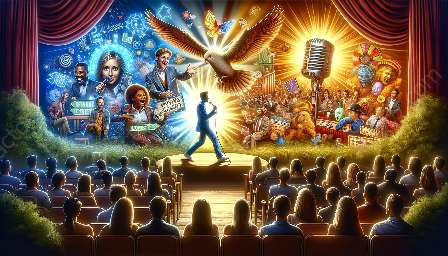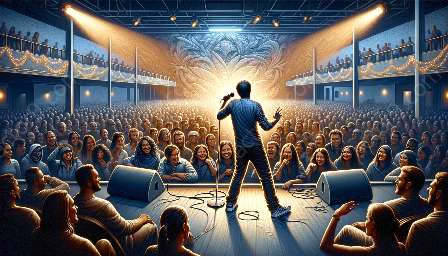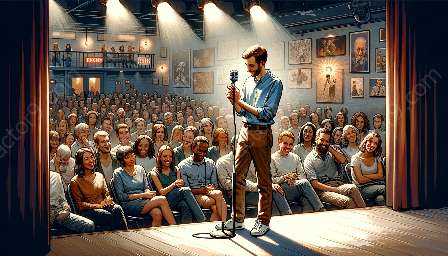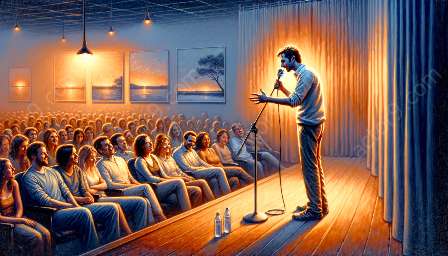Comedic storytelling, particularly in the form of stand-up comedy, is a unique art form that is deeply influenced by cultural and historical contexts. The humor, wit, and storytelling techniques employed by comedians are often rooted in the cultures and histories from which they emerge. In this topic cluster, we will explore how cultural and historical contexts shape comedic storytelling, with a specific focus on stand-up comedy and storytelling.
The Intersection of Culture and Comedy
Culture plays a pivotal role in shaping comedic storytelling. Every culture has its own set of norms, values, and taboos, which heavily influence what is considered funny or entertaining. Comedy often serves as a reflection of societal attitudes, providing a unique lens into the cultural landscape. Comedians draw from this cultural tapestry to craft stories and jokes that resonate with their audiences. Whether it's observational humor, satire, or slapstick, cultural nuances inform the comedic narratives that unfold on stage.
Historical Roots of Humor
Furthermore, historical contexts significantly impact comedic storytelling. Throughout history, humor has been used as a mechanism for coping with adversity, critiquing authority, and fostering community. Historical events, social movements, and significant milestones leave indelible imprints on the comedic landscape. From the jesters of medieval courts to the social commentary of modern stand-up comedians, the evolution of comedic storytelling intertwines with the fabric of history.
The Evolution of Stand-Up Comedy
Stand-up comedy, as a distinct form of comedic storytelling, has its roots in vaudeville and variety shows, where comedians would perform in front of live audiences. Over time, stand-up comedy has evolved, adapting to the changing cultural and historical contexts. From the establishment of observational humor in the 1950s to the boom of alternative comedy in the 1980s, the shifting societal norms and cultural movements have shaped the trajectory of stand-up comedy.
Authenticity and Relatability
One key aspect of the influence of cultural and historical contexts on comedic storytelling is the quest for authenticity and relatability. Comedians often draw from their own cultural backgrounds and life experiences, infusing their performances with a personal touch that resonates with audiences. Through their storytelling, comedians bridge the gap between different cultural and historical milieus, fostering connections through shared laughter and understanding.
The Power of Storytelling in Comedy
Storytelling is at the heart of comedic performances. Comedians intertwine personal anecdotes, social commentary, and rhetorical devices to build narratives that captivate and entertain. The cultural and historical contexts in which these stories unfold provide a rich tapestry for comedians to draw upon. Whether it's exploring cultural stereotypes, poking fun at historical events, or shedding light on societal idiosyncrasies, storytelling in comedy serves as a vehicle for cultural expression and introspection.
Conclusion
In conclusion, the influence of cultural and historical contexts on comedic storytelling is profound, shaping the art of stand-up comedy and storytelling in nuanced and diverse ways. By delving into the intersection of culture and comedy, understanding the historical roots of humor, tracking the evolution of stand-up comedy, and appreciating the power of storytelling in comedy, we begin to unravel the multifaceted relationship between cultural and historical contexts and comedic storytelling.


